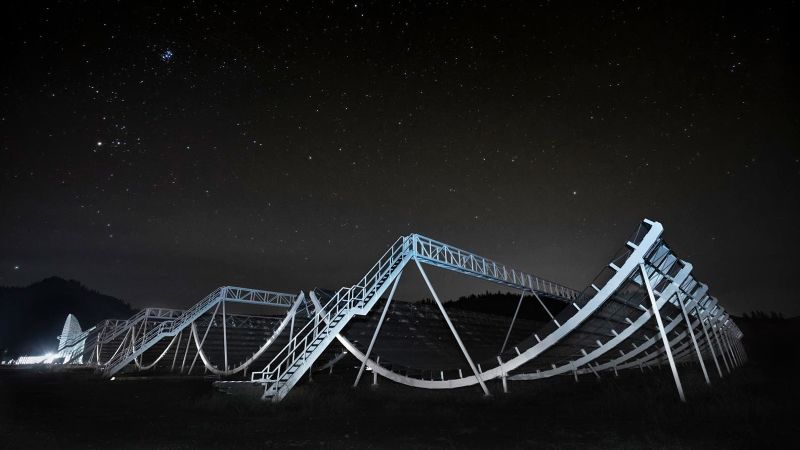Fast Radio Bursts (FRBs) are among the most captivating mysteries in astrophysics, attracting the attention of scientists since their first detection in 2007. These mysterious flashes of radio waves last merely milliseconds but are incredibly powerful, emitting as much energy in that fraction of time as the Sun does over a whole day. The enigma surrounding FRBs raises questions about their origin, the mechanisms behind their emission, and their relationship to the cosmos.
Researchers continue to endeavor to decode these cosmic messages, as advanced telescopes have enabled the tracking of FRBs both within the Milky Way and across vast expanses of the universe, stretching 8 billion light-years away. The recent emergence of new studies has begun to unravel the sources of fast radio bursts and suggests the potential for diverse origins that could lead to different manifestations of FRBs.
These new insights reveal that not all FRBs come from similar environments. A notable example includes an FRB tied to a magnetar, a type of neutron star characterized by an extremely strong magnetic field. Conversely, another burst recorded came from the outskirts of a distant galaxy that is largely devoid of star formation. This juxtaposition highlights the varied conditions under which FRBs may arise, hinting that they could arise from different physical processes.
The Canadian Hydrogen Intensity Mapping Experiment (CHIME) radio telescope played a pivotal role in these discoveries. Since its operation began in 2020, CHIME has successfully detected thousands of FRBs. One significant finding involved a burst known as FRB 20221022A, observed in 2022, which displayed a unique polarization pattern. This point not only suggests the burst’s source was actively rotating but also aligns with the characteristics linked to neutron stars, thereby reinforcing earlier hypotheses regarding the role of these dense remnants of exploded stars in FRB generation.
Following the identification of this burst, research efforts concentrated on pinpointing its precise origin. The findings indicated that FRB 20221022A originated from a magnetosphere, an area of intense magnetic activity surrounding a neutron star about 200 million light-years distant. This degree of precision in localization is likened to measuring minute distances, such as the width of a DNA helix, from an orbital vantage point around the moon.
Simultaneously, studies are offering up fresh ideas about varying FRB origins and mechanisms. For example, a newly discovered FRB designated 20240209A produced multiple pulses and was identified to be in an ancient galaxy, 2 billion light-years away. Significantly, this FRB emerged from a distant region of the galaxy, where new star formation is minimal, further complicating existing notions of how and where FRBs form. Such observations challenge the prevailing view that FRBs predominantly appear in regions of active star formation.
Experts believe this discovery may imply that not all FRBs emanate from youthful stellar environments; rather, some could arise from older, denser clusters among the remnants of dead stars. The range of observations reinforces the possibility of a forthcoming paradigm shift in how we understand these phenomena. Proposals for future observations aim to utilize advanced telescopes, including the upcoming James Webb Space Telescope, to investigate potential clusters of stars related to these bursts.
Overall, the discoveries concerning fast radio bursts underscore the diversity of their origins and the complexities involved in their formation. “There is still substantial room for exploration in the field of FRBs,” notes researcher Tarraneh Eftekhari, emphasizing that future inquiries into their environmental contexts might unlock significant secrets underlying these cosmic phenomena.
Current advancements in detection technologies, paired with the deployment of additional outrigger telescopes, are set to enhance our capacity to capture and analyze various bursts, which might facilitate our understanding of the conditions leading to the occurrence of these mysterious cosmic events. Such ongoing research could eventually clarify the mechanisms driving these enigmatic signals while opening new avenues for discovery in astrophysics. The quest to decipher the ‘how’ behind FRBs persists and represents an exhilarating frontier in the study of our universe.











